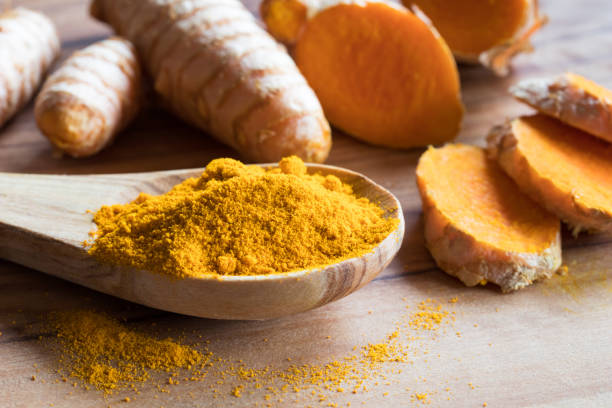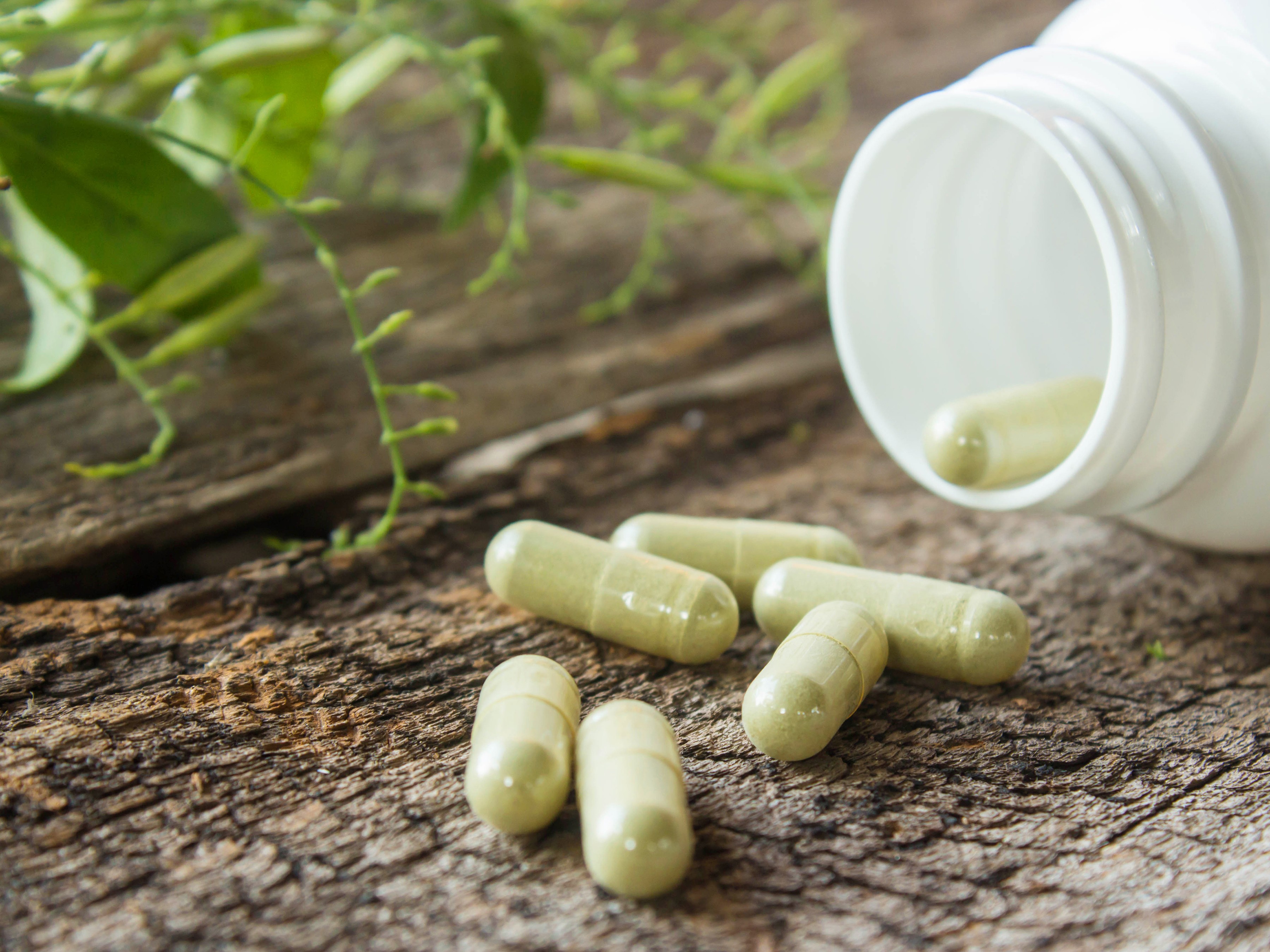Overview
As the long summer nights fade into the chilly evenings of fall, suntans and shades give way to coughing and sneezing. The first signs of the cold and flu season are upon us.
Psoriasis is caused by a dysfunctional immune system in which the body mistakenly launches an inflammatory response. This response results in the pink, scaly skin plaques or other symptoms that you commonly see in psoriasis.
It’s well-known that those who are on certain immunosuppressive medications or biologics for their psoriasis are at an increased risk for certain infections.
These medications place you at an increased risk for infections because it’s attempting to correct the disturbance in your immune system that’s causing the psoriasis.
This can be problematic in certain circumstances since those pathways that are being altered may be crucial for preventing and treating certain infections.
Even though it’s well-known that these medications place you at a higher risk for infections, it’s not very clear if psoriasis itself does. Some have suggested that psoriasis itself may place you at an increased risk for pneumonia, but this has not been completely validated.
What makes this even more puzzling is that people with psoriasis inherently have a lower risk for certain skin infections. This is due to some antimicrobial factors that are overexpressed in the skin of those with psoriasis.
So obviously, it’s not so simple. However, if you’re on a biologic or immunosuppressing medication for psoriasis, it’s important that you avoid infections.
Here are four ways to stay healthy this cold and flu season while living with psoriasis.
1. Eat more kale salads
Or, really just more leafy greens and cruciferous veggies in general. Salad greens, such as spinach, Swiss chard, and kale, as well as broccoli and cabbage, are full of rich vitamins and minerals.
Studies have shown that they contain special immune-boosting compounds too. Filling your plate with these nutritious foods may help protect you from unwanted viruses and more.
Research needs to be done to confirm the link between these types of foods and psoriasis, but paying more attention to these greens and veggies certainly won’t hurt.
Try adding a handful of greens to your morning smoothie, or if you’re a real daredevil, sneak some raw spinach into a regular brownie recipe like nutritionist and registered dietitian Cynthia Sass did in this recipe.
2. Maintain good hand hygiene
Alcohol-based sanitizers are appropriate to use and tend to be less irritating than excessive handwashing.
Also, avoid washing your hands excessively during the day. Don’t exceed around 10 times. Use lukewarm water with gentle soap. Dove sensitive bar is a great option. Dry thoroughly.
Use a thick cream moisturizer or Vaseline immediately afterward.
Avoid touching your eyes, nose, or mouth with your hands is a great way to prevent infections.
3. Try turmeric
What do curry, yellow rice, and golden milk have in common? They all contain turmeric, a bright yellow spice that’s part of the ginger family and used in many Asian and Indian dishes.
Turmeric contains curcumin, a healing substance that’s responsible for most of this spice’s medical benefits, including its antioxidant and anti-inflammatory properties.
Research has shown that this spice may also help boost immune health. Try sprinkling it on baked chicken or fish to give it some added color and flavor.
Of course, always talk with your dermatologist before trying any home remedy for your condition.
4. Set up an exercise routine
Regular exercise is a key part of healthy living. It helps you stay well and in tip-top shape.
Exercise is especially important for people with psoriasis since they are at a higher risk of having high blood pressure, high cholesterol, diabetes, and heart problems when compared to those without psoriasis. Regular exercise may also help maintain a healthy immune system.
If you find that getting sweaty when exercising makes your psoriasis flare up or makes you more uncomfortable, you can consider alternative exercise regimens such as water aerobics and swimming. Swimming and water aerobics are good options if chlorine doesn’t aggravate you.
Walking in the evening hours — when the sun isn’t out — is another good choice. Lifting weights or taking a low-key cardio class are also worth a shot.
Whatever you choose, make sure it’s something you enjoy, so you can make it a part of your long-term plan.
Be sure to discuss your exercise regimen with your doctor before starting it.



